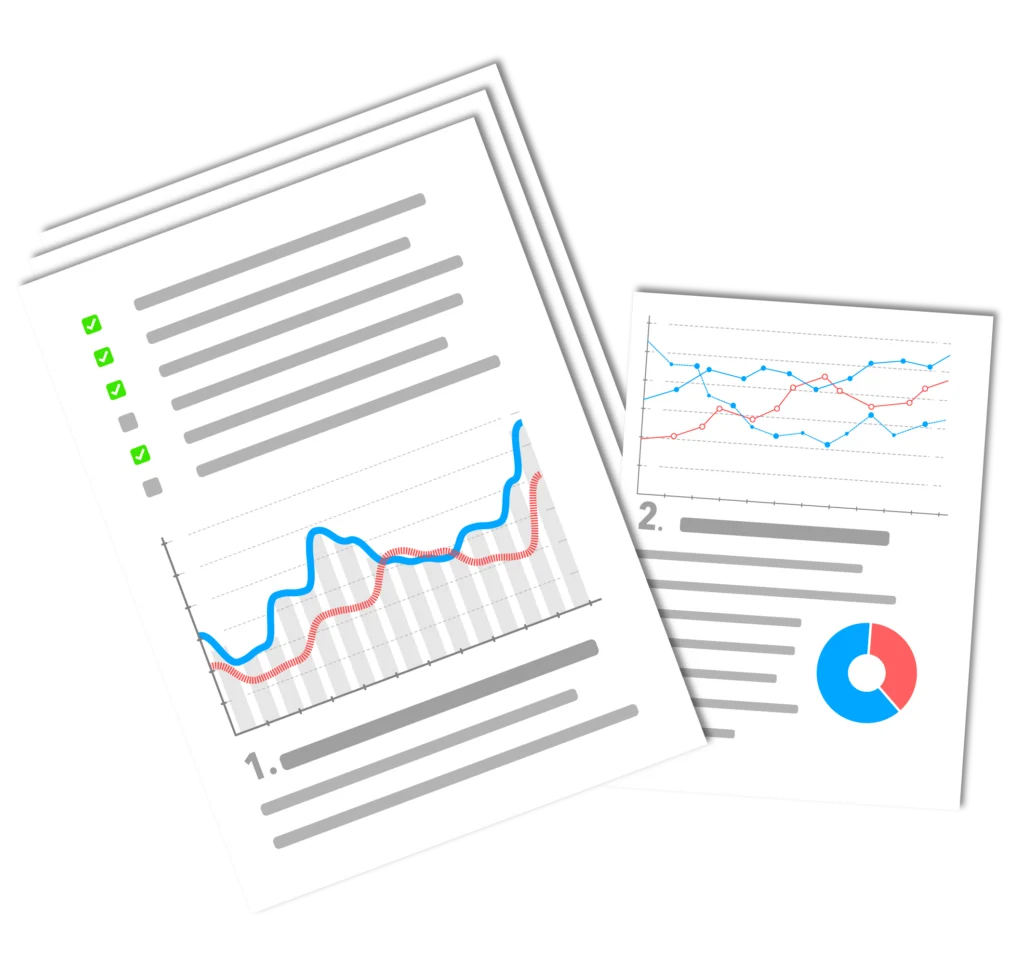Anyone who runs a website, online store or similar commercially oriented online presence knows how difficult it is these days to be found by customers and (potential) target groups. More and more competitors are pushing their way to the top of the search results and quite a few keywords are extremely competitive. If you want to get a position in the search engine results for certain keywords, there is no way around optimizing your site for them with the help of the Onpage optimization and selected keywords.
What is Onpage Optimization anyway?
At the Onpage optimization of a website, several factors play relevant roles. This is because every page must be optimized in terms of both technology and content. If a domain loads extremely quickly but is rather weak in terms of content, this is just as useless to the operator as if it were the other way around. Let's start with the so-called "outer layer", the URL-structure.
1. search engine friendly URL structures: the basis of onpage optimization
Anyone who has ever dealt with dynamic websites knows the URL-Strukturen, die aus enorm vielen Zahlen-Buchstaben-Kombinationen bestehen. Die Produktseiten von Amazon.de sind ein sehr schönes Beispiel für Onpage optimization of this kind. However, not every website has the same status as Amazon and would run into problems in the case of URLs consisting of parameters. Rather, it is recommended to use "Speaking URLs“ zu erstellen. Wer beispielsweise eine Webseite über Staubsauger betreibt, wählt Strukturen wie staubsauger.de/modelle/produktname oder etwas vergleichbares. User erkennen somit bereits in den SERPs, womit sich die Seite befasst und die Suchmaschinen tun selbiges. Dies erleichtert es ihnen, eine Unterseite einem bestimmten Begriff zuzuordnen.
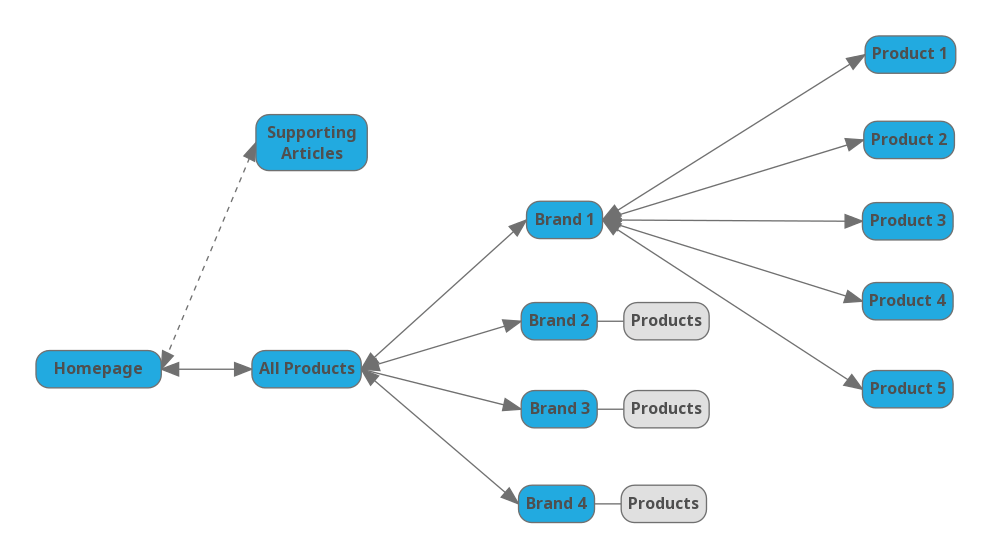
2. content is king, good content is king-kong
In order to attract readers to its website and remain truly interesting, a website must have very good Content have. It must be written fluently and offer readers real added value. A "Overoptimization", in which a text is stuffed with keywords and search phrases, will definitely not be rewarded by the search engines.
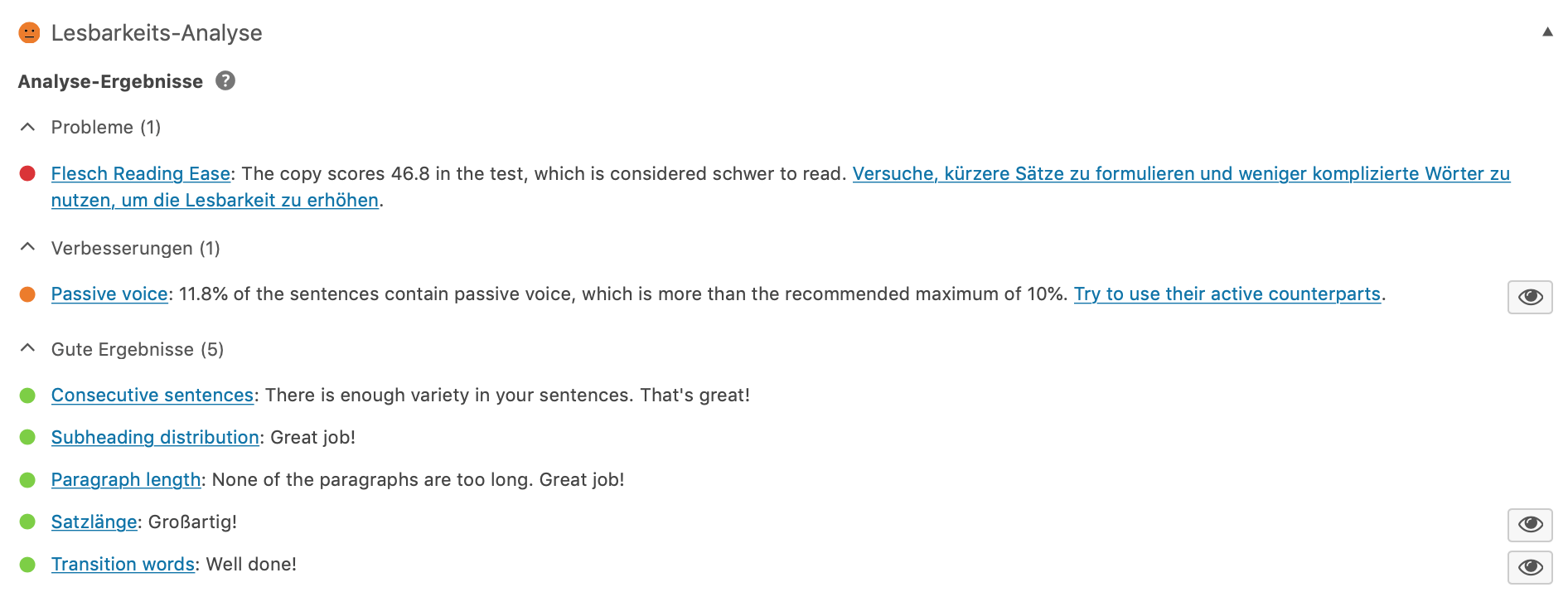
While there is no question that a text should be optimized for certain search phrases, it is important not to overdo it. This is because web texts are all about structure, content preparation and the added value that readers receive. If visitors bounce after a short time because the content is uninteresting or, in the worst case, is even identical on other websites, search engines will also register this and the page in question will fall in the search results. Ranking. One of the keywords here is "Unique Content", unique content that is not available on any other website. This is the be-all and end-all of Onpage optimization. Operators of online stores that all use the same product text are particularly familiar with this problem.

But also the Text structure plays a not insignificant role in the Onpage optimization. It is highly recommended, Subheadings and break up the text. In addition, use images, tables or something similar. No user will read the text straight through, they will scan it. In addition, search engines also register the subheadings and assign them a certain value, which in turn is good for the search engine. Ranking is.
3. meta data: Conversion strong and appealing
Those who want to see the Meta data The user who reads through the search results lists of the search engines then decides which of the results he or she will click on. If a appealing title present? Does the Meta description Indications that you will find exactly what you are looking for on the website? These are precisely the factors that determine whether a user will visit the website. clicks on the respective web page. Accordingly, both titles and descriptions must be written with a strong conversion rate and a solid Onpage optimization and encourage the user to click. Not too exaggerated in the choice of words, but not too squeamish either.

4. internal linking: the be-all and end-all of long-term structure
To give individual subpages a good Ranking is a key factor in helping internal linking for the Onpage optimization indispensable. Through the use of a Sitemap this is usually already ensured, but articles should still link to thematically related or further pages. Keywords that are interesting for your own website are suitable for this. Basically, no subpage should be overloaded with internal links. Much more important are meaningful links that (can) lead the user through the entire page.
Linking content to each other and linking to other resources on the web play a major role for your Ranking. The Linking to relevant content within your own website keeps your visitors on your website longer. This is because logical information architecture helps search engines understand what the page is about. However, you should not simply link meaninglessly between subpages without a logical structure being apparent to Google.
As far as external links are concerned, you should only link to authority sites in your niche if possible. It is advisable to choose wiki pages or top websites that are both related to your topic and have high-quality content. Content own
Many SEOs also become "Nofollow" outbound links in order to save link power. However, this does not look natural to most search engines. A real website will link out, showing that you are connected within your industry or niche. What would Google think if every single link was specifically from you to "Nofollow" would be set? Looks a bit suspicious, don't you think? Real websites and authorities link to other sites, that's a fact.
When Google tries to figure out what your website content is about and sees links to authority pages with related content, they will assume that your website is similar. So, it is recommended that you include one high-ranking outbound link per page if necessary.
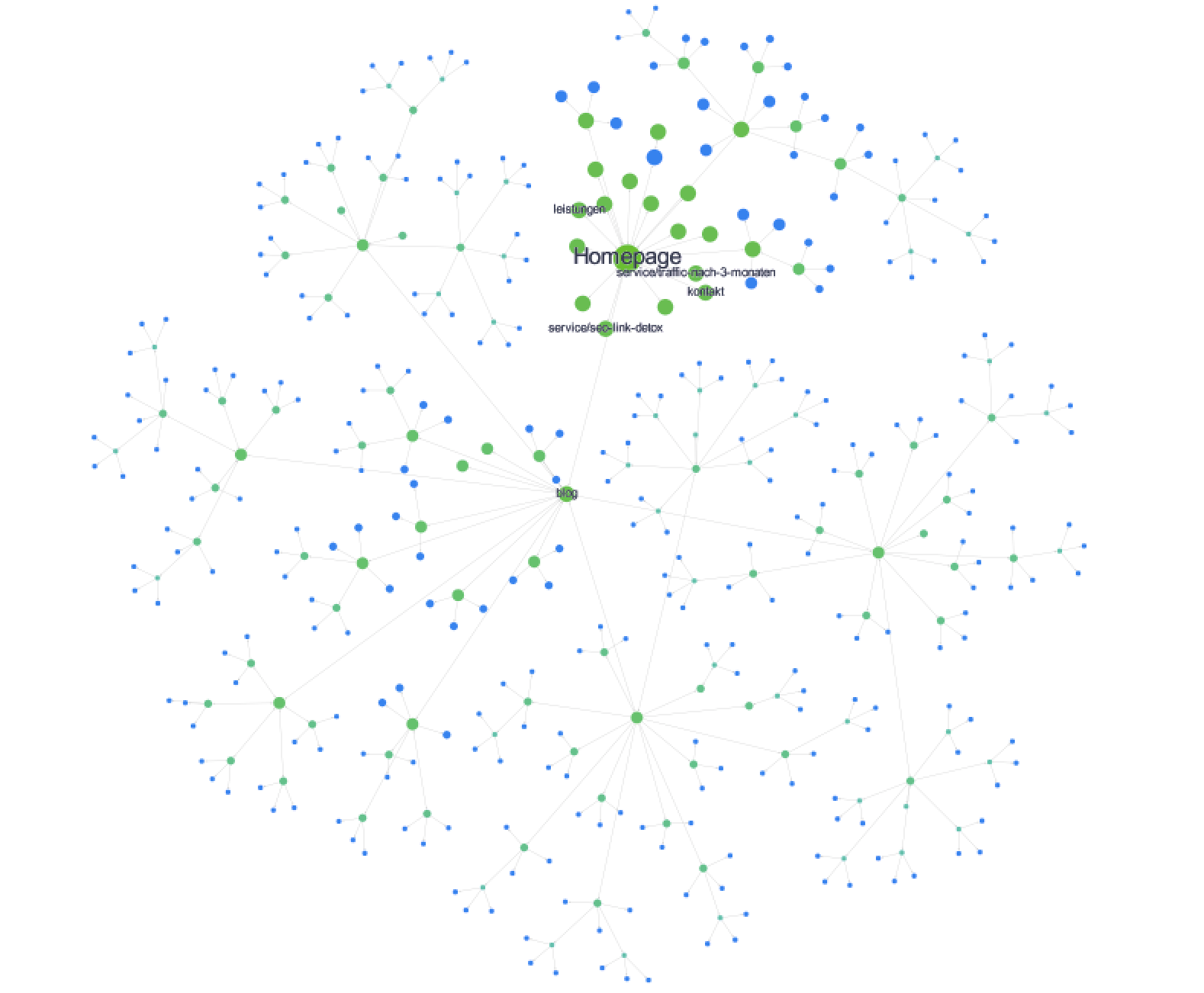
5. image optimization: an indispensable bonus for your onpage optimization
Pictures are important for the clarity and the Onpage optimization of a page are important and add interest to the content. However, search engines cannot assign them to specific keywords if they are not optimized. For this reason Alt tag images. An alternative text that would appear instead of the image. Basically, media content is becoming more and more important, especially nowadays. In addition, Google Image Search is being used more and more frequently and images can often be a traffic supplier that should not be underestimated. A recommended image size is about 300 x 200 pixels, because images should be neither too small nor too large to be meaningful.
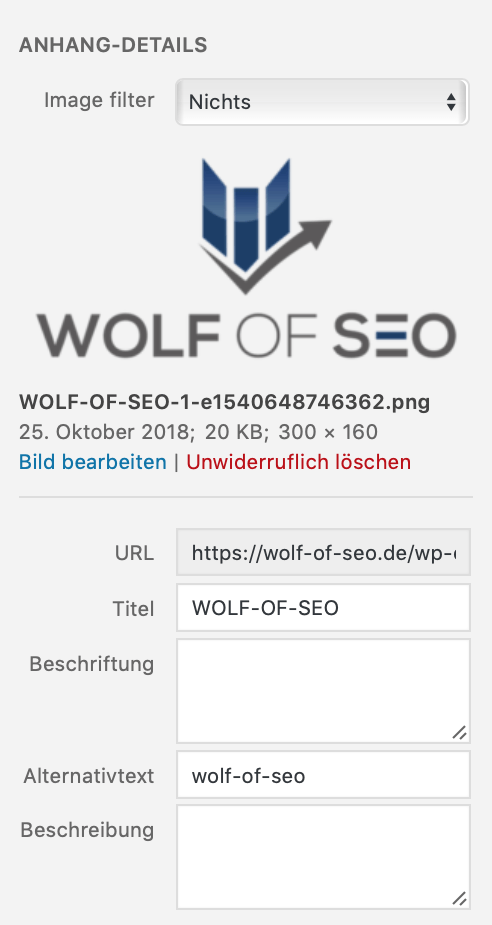
6. user experience: direct your audience
Clear navigation is the key to keeping users on a page. Because confusion quickly ensures that the user jumps off and leaves the website again. Therefore, the navigation must be clearly structured according to topics and subtopics and the user must be able to recognize where he is at the moment.
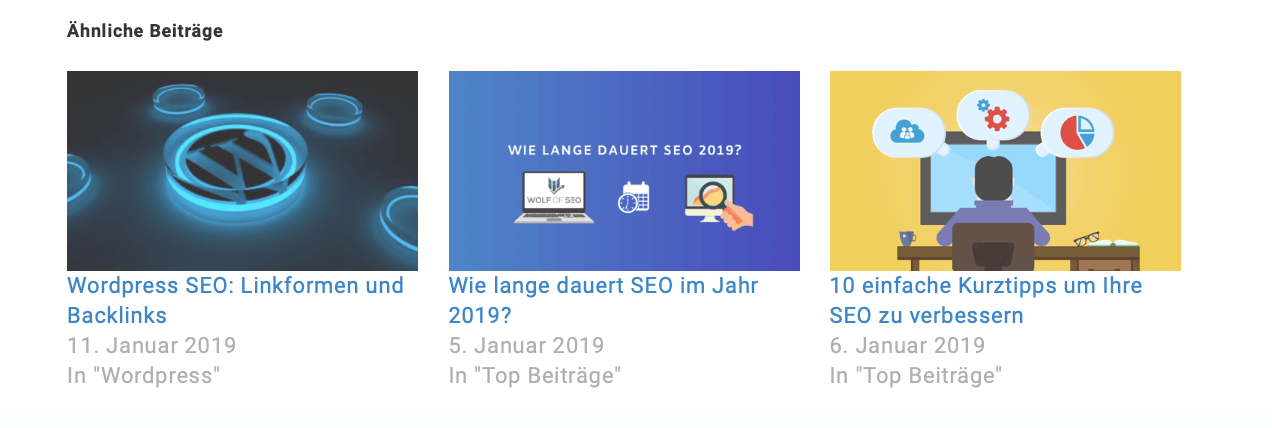
7. fast websites get a bonus
Many a website has HTML coding that is completely overloaded. But the longer the crawlers of the Search Engine to index a website, the less favorable this is for the Ranking. Apart from the fact that a page that does not have a "lean" HTML code loads much more slowly and visibly annoys many users. Therefore, the loading speed of a website must always be kept in mind.
I see a lot of websites that load like a crutch because they use bad themes or have terrible programming. Use the Page speed test from Googleto see what your speed is for both mobile and desktop:

Sie sollten sicherstellen, dass Ihre Website in weniger als 2 Sekunden geladen wird. Wenn Sie einige ernste Probleme haben, sollten nach einem SEO Experten, Entwickler oder Coder zu suchen, der Ihnen helfen kann diese Probleme zu lösen. Es lohnt sich, ein paar Euronen in die Hand zu nehmen, damit alles auf dem Desktop als auch auf dem Handy perfekt funktioniert.
It takes 2 seconds to check your score and it will give you some suggestions. If you have some experience with programming websites, make the changes that the software will suggest to you. Google will tell you how to improve your website - and Google will eventually know best what you like.
8. keywords: quality over quantity
Many website owners are still throwing keywords across their pages as if we were living in 2009. A lot of this has to do with content. If you're paying €10 for "quality content", your website is doomed to fail. Even if you are running "churn and burn" projects, you need decent content. At least not with Keyword stuffing filled.
A quick rule of thumb: Add the Keyword at the very beginning, preferably in the first sentence, as long as it makes sense. If it looks like it's forced, then don't do it. Get creative or find a writer for creative content that works for you. Keyword properly synergized.
Scatter the Keyword over the entire content and also use several long-tail versions. You don't have to use your main keyword 50 times. If you do all the other on-page optimization tips listed here, you'll rank easily without overdoing keyword games. Correct keyword usage applies to many of the tips listed here. But don't stick with one Keyword-Density. Paste it in a few times, add a few long-tail terms with it and that's enough.
On to the next point.
9. the URL: A good place for your keyword
You should use your Keyword into your URL aufnehmen und eine leicht verständliche Struktur schaffen. Es empfiehlt sich, das Datum nicht anzugeben und nur Zahlen anzugeben, wenn Sie eine von Google News genehmigte Website sind.
Google News requires each blog post to have a unique number in the URL has. If you are a Google News approved site, make sure you include the numbers at the end of the URL specify
Here is an example, let's just take the Keyword: "Lose weight with the Paleo diet"
If you do not have a Google News approved website:
- deineseite.de/with-the-paleo-diaet-abnehmen/
If you are a Google News approved site:
- deineseite.de/with-the-paleo-diaet-abnehmen-34674/
Auf diese Weise ist Ihr Hauptschlüsselwort immer an der Vorderseite Ihrer URL und die Suchmaschinenspiders werden es leicht crawlen und verstehen. Wir werden weiter unten noch über den Titel sprechen. Wenn du dein Hauptschlüsselwort am Anfang deines Seitentitels platzierst, bedeutet das, dass es auch am Anfang deiner URL stands. This also looks much better instead of URL’s, die das Datum, eine Nummer, eine Kategoriereferenz oder all den anderen Mist haben, der optisch nur die URL clogged.
10. use of H1 & H2: for better content understanding
Headings and subheadings are part of the actual Onpage optimization. But of course you should not ONLY use the Keyword specify. Be smart and just try to put it smartly in the headlines. Don't make it look spammy, and make sure that the Keyword in the H1 and H2, that alone could be your Ranking already improve.
You should make sure there is at least one H1 keyword match (usually in the page or post title) and then one or two H2-Keyword Matches anywhere on the page. The H1 attribute is usually located near the top of your website, while the H2 attribute could be anywhere in your text.
Achten Sie auch darauf, dass Sie auch Überschriften verwenden, die Ihre Keywords nicht enthalten. Andererseits würden Ihre Seiten nicht natürlich aussehen. Somit könnten Sie beispielsweise auch manchmal einige Long-Tail-Keywords oder Synonyme in Unterüberschriften verwenden. Tun Sie dies jedoch nur, wenn es textlich auch Sinn macht.
11. content: logically one of the most important criteria
Detailed content performs better in search results, that's a fact. If you look at some of the most competitive keywords, look at the authority sites that occupy the top spots. They usually have very good content and not short 500 word articles.
Of course, there will always be cases of blackhat sites that rank well with poor content. However, these rankings will often not last long. So before you start thinking of examples of the good Ranking of waste content, remember that the real profit lies in long-term orientation.
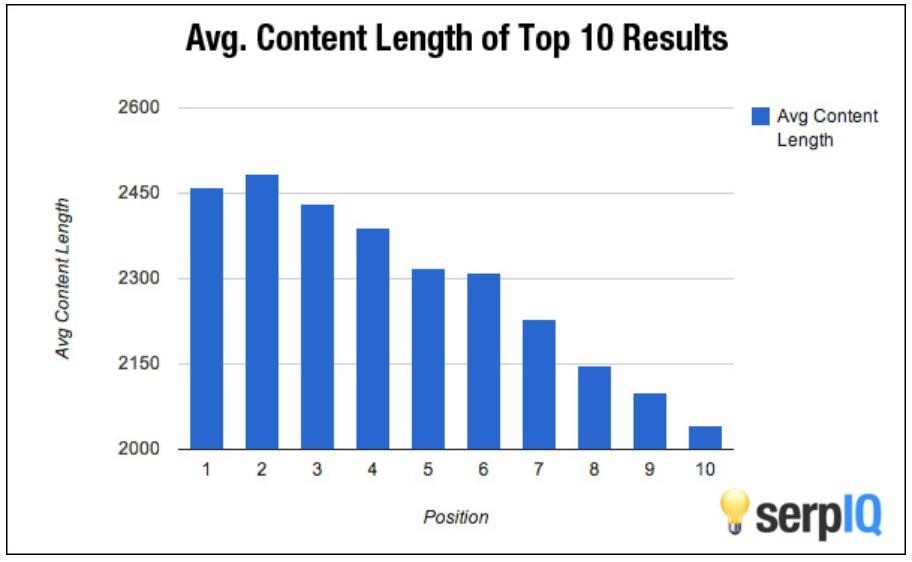
There are a number of case studies available online that discuss content length and each time, in-depth content performs significantly better. When you write your own content, schedule appropriate time for it. If you usually put out posts of 500 words, just start putting in more effort and tend to write more like 1500 words. This doesn't mean that every post has to be half an encyclopedia, but occasionally it's better for SEO to go a little deeper.
Take a look at the top websites. Do their posts have the same length? No, they vary a lot.
If you have an editor that you pay and are on a rather tight budget, publish posts less frequently, but exclusively high quality ones. A single post that is properly optimized and contains 3000 words of content will bear more fruit than a bunch of 500 word posts.
12. mobile optimization
Your website needs to be responsive. Google already released the mobile algo update a few months ago. Anyone who hasn't made this change is crazy. Even if you are broke and have no budget, find a responsive theme. It's a temporary fix that will at least make your site mobile friendly in Google's eyes until you have the budget for full customization. If Google is practically screaming in your face how important it is, don't ignore it.
If you are not sure if your website is mobile optimized, you can either search for it on your cell phone or check it through the Google Mobile Optimization Tool find out here.

Advice: If you don't have a mobile friendly website, don't spend a dime on SEO until you fix it and convert it to a responsive design or theme.
13. user signals: because you want your visitors to feel comfortable
Part of your Onpage optimization should be to make sure that there are things that are important to your Traffic on the website for as long as possible. There is often a debate about whether or not bounce rate affects your rankings. Well, for now, ignore the bounce rate in relation to the Ranking and think this scenario through to the end.
I'm talking about bounce rate when it comes to keeping people on your website longer. The more information you read and the more time they have, the better chance they have of buying or choosing what you offer.
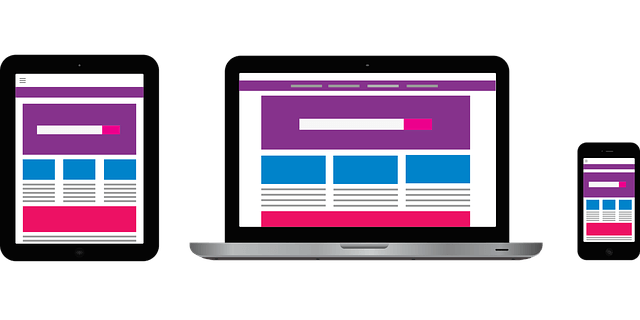
If you are trying to collect email addresses, then someone who just spent 5 minutes reading several blog posts will be more willing to take advantage of that offer because they obviously like what you are offering.
If you are selling something, you want to keep the potential buyer on the site to build trust. They might read your About page and then visit your Contact page to make sure you are trustworthy. So make sure that these pages are not ignored.
Things you can do to keep visitors on your site longer:
- Improve your blog posts: Use videos, infographics, games and podcasts. I'm sure there's much more I could do here, because different types of media are more likely to keep visitors engaged and interested.
- Verwenden Sie ein „Weitere Posts“-Plugin:to display other blog content at the end of each post. This gives them more material to click on right after they finish each article.
14. meta title: The weapon of your CTR
The title of each page should contain your main keyword as close to the beginning as possible. But remember to make it look/sound natural. If you do this, you'll actually kill 2 birds with one stone. Namely, this will make the H1 tag and the URL-Structure your Keyword contain
Remember that your page title will also show up in the SERPs, so keep that in mind when you create it. This will help you draw more attention to your page, even if you are not in the first place.
Do not assume that a #1-Ranking automatically brings you most of the traffic. The title plays a role, as does the next point, the meta description.
15. meta description: the ammunition for the CTR
"Niels, I'm an SEO guru, meta descriptions no longer have an SEO effect!". That's (almost) right, young guru. While they don't directly benefit your websiteRanking help, however, they will help you directly with the Traffic. If your Meta description is bad, will anyone click on your listing? Even if you are at the top, a better Meta description in the lower positions the Traffic move away from your website.
If you want to use your Meta description write, take a look at the SERPs. How can you use the Traffic move away from the top lists? How can you do better? Attracting more clicks leads to more Traffic and it also helps to show Google that your result is better suited for the top positions.

The CTR (Click-through rate) plays an important role.
Think about it logically for a second. Will Google show a page high in the SERPs that no one clicks on? Or will you push up a site that people are obviously interested in? All the gurus arguing back and forth can usually only be eliminated with common sense.
14. images: Search engines also read between the lines
You should add images to your content. It helps keep your readers on the site longer and they can really spice up some duller topics. Make sure you use alt image tags for every image on your website. Google doesn't read images, but these tags help Google understand what the page is about.

So many sites we look at have the alt-image tag set as the main keyword. This is spam and it won't help at all. Write a descriptive tag that really explains what the page is about. If it's a product image and your main keyword is "buy blue sweaters online", you'd want to write something like "offering the lowest prices on blue sweaters online in stock, available for immediate delivery" - it's descriptive and has some long-tail variations that can be created from it.
15. above-the-fold content
I could sometimes bang my head against the wall when I see some of the pages that are presented to us for a first impression. So often there is an offer like a newsletter or a free eBook at the bottom of the page. Therefore, a visitor would have to scroll all the way down to even see it. That kills your conversion rates - and not just a little bit.
Most of your visitors are lazy. They will visit a website and if they don't see what they want right away, click the back button and move on to the next option. Do yourself a favor and put all offers in the "Above The Fold" content. It's simple: if you have to scroll to see the conversion point of yours, you need to do something about it.
Conclusion
Of course, onpage factors can always change. In addition, Google adjusts its algorithms again and again and the search engine optimization before new challengesputs. Basically, page operators should always keep the essential, classic SEO factors in mind. After all, unique content, optimization for specific keywords and search phrases, and clear and fast websites will always be their Relevance Retain
The Onpage optimization is something that is very important, but most business websites ignore it. Many are so focused on link building that it ignores this part of SEO. It is realistic that over 80% of all websites, are not properly optimized. One of the most common questions we get is "how is my onpage optimization?". That's why I've decided to do my best to give you a solid foundation for SEO optimization.Onpage optimization to give.
There are two reasons why you are throwing money out the window by ignoring onpage optimization:
1. Many local websites will be able to achieve top rankings with perfect onpage optimization alone. I'm not saying you'll be at the top or even #1, but don't you think that even being at #5 for your main keyword is a better starting point than floundering around somewhere on page 5?
2. Many companies spend a lot of money on monthly SEO. There are some services that only sell links and there are full service options. So anyone who only buys links without onpage optimization done will not get the full potential performance from the links.
If you're new to SEO, I hope this has helped clear up some of the question marks in the Onpage optimization to eliminate. Sometimes it's not rocket science, as you can see. As always, I hope you enjoyed reading this. If you have any questions, I'll be happy to answer them in the comments.


